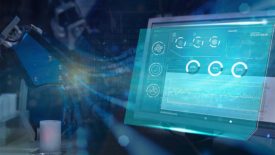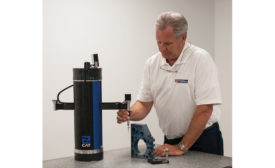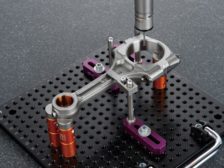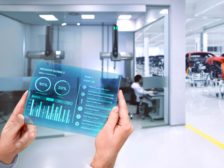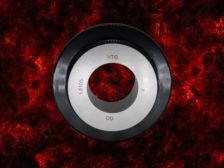Home » coordinate measurement machine (CMM)
Articles Tagged with ''coordinate measurement machine (CMM)''
Articulating Arms 101
Articulating arms are portable and make inspection easier, since operators can move them to measure a part as opposed to moving the part to the CMM.
Read More
Measurement
CMMs: The New Quality Makers
Geared up and ready to go for digital transformation
January 1, 2022
The Ins and Outs of Portable CMMs
Learn how a portable CMM works, and why it differs from other, similar tools.
November 8, 2021
Measurement
The Future of CMMs
Although the CMM has been around for more than half a century, advancements have allowed it to maintain its position as the go-to technology for quality inspection.
November 1, 2021
Test & Inspection
Modular Tooling Keeps On Truckin’
This technology is here to stay.
September 1, 2021
Measurement
5-Axis CMM Measurement
CMMs of the Future will Provide Immediate Feedback to Help You be Proactive When it Comes to Planning Maintenance and Workload.
June 15, 2021
Measurement
CMMs Go Collaborative
Is Your Coordinate Measuring Machine Future-Ready?
June 8, 2021
Quality 101
Cylindrical Ring Gages: One Ring to Rule Them All
Cylindrical ring gages may be used as master gages to set variable measuring tools.
May 5, 2021
Guide to Contracting Calibration Services
Many organizations today require ISO/IEC 17025 accredited calibrations, but simply requesting an accredited calibration is not enough.
April 7, 2021
Stay in the know with Quality’s comprehensive coverage of
the manufacturing and metrology industries.
eNewsletter | Website | eMagazine
JOIN TODAY!Copyright ©2025. All Rights Reserved BNP Media.
Design, CMS, Hosting & Web Development :: ePublishing

